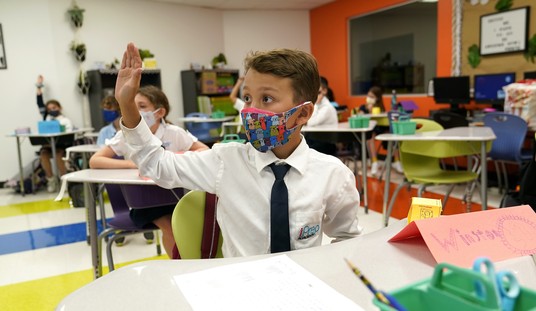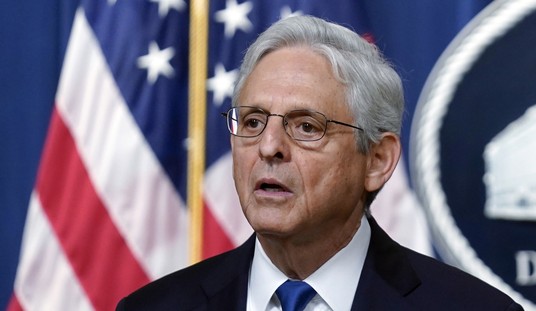Parents have a lot to think about as they send their kids back to school: new teachers, new schedules, and new adjustments for their little ones and the whole family. Alarmists are trying to heap another worry on parents’ plates by suggesting that the chemicals in common school supplies present a grave danger to their kids.
One recent article on “toxic chemicals” in school supplies suggested that “some plastics that have been linked to health problems still can be found in many backpacks, lunchboxes and water bottles marketed to children.” Sounds pretty concerning. But what’s missing from the article is that these “linkages” are found only after animals are fed or injected with massive doses of the chemical contained in the plastic—a far cry from how your kids will come in contact with the plastic materials in their backpacks.
So often, reporters leave out the pretty important fact that these products undergo rigorous safety testing by manufacturers and both independent and government scientists. Bisphenol-A (known more commonly as BPA) is often presented as a dangerous chemical bogeyman. Yet the Centers for Disease Control, the Department of Health and Human Services, the Food and Drug Administration as well as health and safety agencies in Canada, Japan, Germany, Norway, France, Australia, and New Zealand have all studied BPA extensively and found it safe as currently used. In addition, the European Food Safety Authority, in a comprehensive re-evaluation of BPA, found that it poses no risk to consumers of any age group, including unborn children, infants and adolescents at current exposure levels. The agency also stated that exposure to BPA from food and a range of other potential sources (dust, cosmetics and thermal paper, school supplies) “is considerably under the safe level.”
Special interest groups stoke fears of BPA by noting that the Food and Drug Administration banned the use of BPA in baby bottles and toddler sippy cups. But, again, this isn’t the whole story. In fact, the FDA’s ban wasn’t instituted because of a risk of toxic exposure or concern about its use in children’s products. Rather, manufacturers of children’s products—like baby bottles—requested a ban on BPA because they simply could not keep up with the various state, local, and regional bans pushed by special interest groups.
The chemicals known as Phthalates are similarly demonized, though they also pose no risk to kids who come in contact with trace levels of the chemical present in their school supplies. The reason? According to the CDC – as well as the Children’s National Medical Center and George Washington University School of Medicine — the human body metabolizes phthalates too quickly for it to accumulate in the body and pose any sort of health hazard.
But such comforting news doesn’t make for good headlines, so this research rarely make it to the public square. Instead, parents are invited to worry unnecessarily about the items cluttering their kids’ backpacks, distracting them from the really important health issues facing kids today, such as unhealthy diets, an increasingly sedentary lifestyle, drug use, and risky sexual behavior.
Parents also should be aware that the alternative products that anti-chemical groups push tend to cost a lot more, but these high-end, boutique products don’t do much for you in terms of a higher level of safety.
Of course, there is one way your children can get an unhealthy dose of chemicals from their school supplies—if they eat them. But if they’re not snacking on their backpacks, lunchboxes, or three-ring binders and rather using them as these products are intended, there’s really nothing to worry about.
So relax, worry less, and enjoy those quiet mornings as you send the kids off to school!
_____________
Image via Shutterstock










Join the conversation as a VIP Member